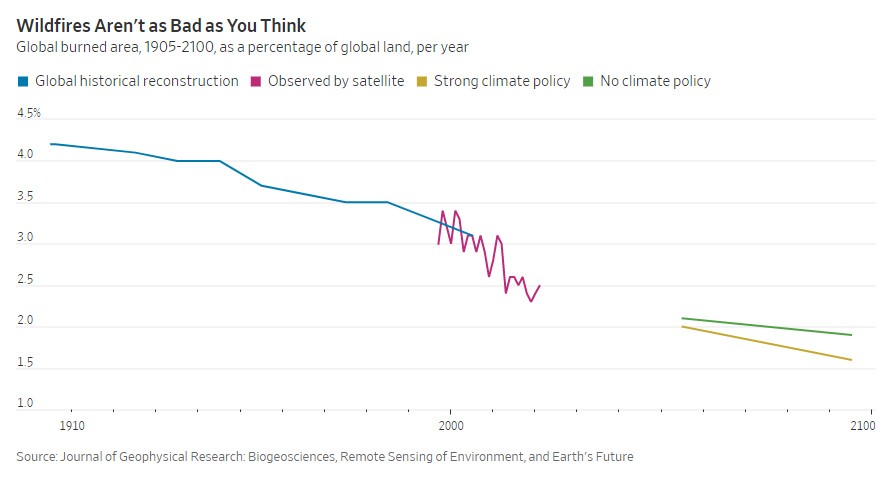(p. B6) For one Monday in early December, the New York Stock Exchange played the role of vintage car museum. At one end of Broad Street, outside the exchange, sat a high-roofed and stately 1921 Duesenberg coupe. At the other, a fearsome 1966 Ford GT40 racecar. Between them, encased in a glass vitrine, was an imperturbably cheery 1967 Porsche 911S.
Shaking hands by the coffee stand was McKeel Hagerty. The chief executive of the classic car insurance company that bears his name, Mr. Hagerty was there to ring the opening bell, and celebrate the first day of trading for his newly public company (HGTY). Later, at a brunch in the Big Board’s boardroom, Mr. Hagerty wielded a ceremonial gavel and said, “This is only just the beginning.”
The origins of Hagerty, the company, are far humbler. It was founded by his parents, Frank and Louise, in 1984, in their basement in Traverse City, Mich., as a boutique insurer of wooden boats.
In the early 1990s, the company began insuring collectible cars. With Mr. Hagerty at the helm, it has become one of the largest indemnifiers of vintage vehicles, with over two million classics on its rolls. The actuarial data necessary to determine repair and replacement costs on these cars has also made it a foremost authority on their valuation.
. . .
Hagerty went public via a SPAC, or special-purpose acquisition company, raising roughly $265 million in the process with a goal of expanding. So, what are Hagerty’s ambitions now? And why did it need to become a publicly traded company in order to achieve them?
“The purpose of the company is to save driving and car culture,” Mr. Hagerty said flatly, as we piloted a zippy, Hagerty-insured 1972 BMW 2002 tii toward the tip of Lower Manhattan. “If we’re going to save car culture, we have to make investments outside of the core business, and really help create a whole ecosystem.” Achieving this lofty goal required hundreds of millions of dollars in additional investment, he said: “That would have been tough for us to afford just as a private company.”
. . .
Outside experts agreed with this assessment of Mr. Hagerty’s vocation. “They encourage driving. Their tag lines all the time are, ‘Drive your cars,’” Mr. Gross said. “In some ways, you think, that’s a little strange for an insurance company. You think they’d want you to drive as little as possible to minimize the risk.” He laughed.
Instead, Mr. Hagerty said he sincerely wants to help people find the pleasure in “the experiential sides” of the automobile, those organized around adventure, preservation, culture and legacy. “I think that if we can help steward along the reasons that people drive and love cars, other than to get from Point A to Point B, then we win.”
Mr. Gross concurred with this plan. “I don’t know how many companies there are that take the long way around. And that’s what Hagerty is doing here. They’re not only selling insurance. They’re trying to make sure that the reason you need that insurance is viable and fun, and lots of people are doing it,” he said. “As a business strategy, it’s pretty smart.”
(Note: the online version of the commentary has the date December 16, 2021, and has the title “A Classic Car Giant With a Lofty Mission: Save Driving.”)


